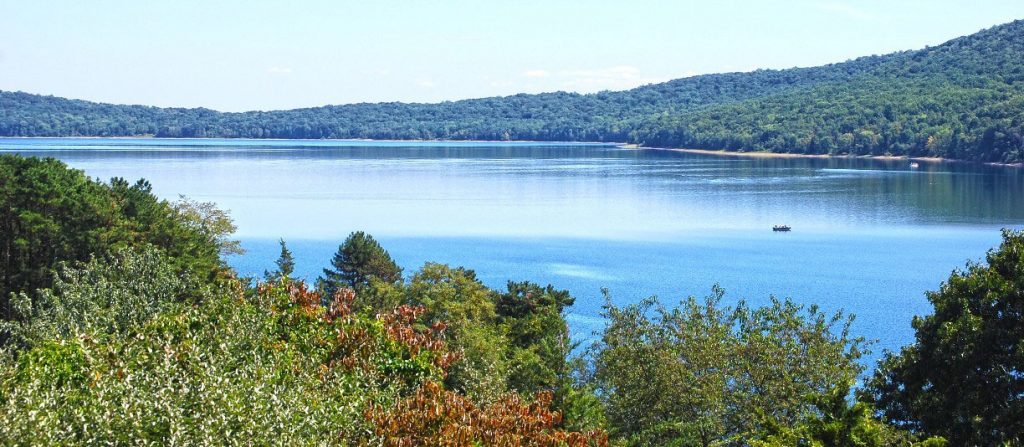Round Valley Reservoir Project

The Round Valley Project is nearing completion. Thank you for your interest. Please contact the New Jersey Water Supply Authority at www.njwsa.org for any project inquiries.

The Round Valley Project is nearing completion. Thank you for your interest. Please contact the New Jersey Water Supply Authority at www.njwsa.org for any project inquiries.